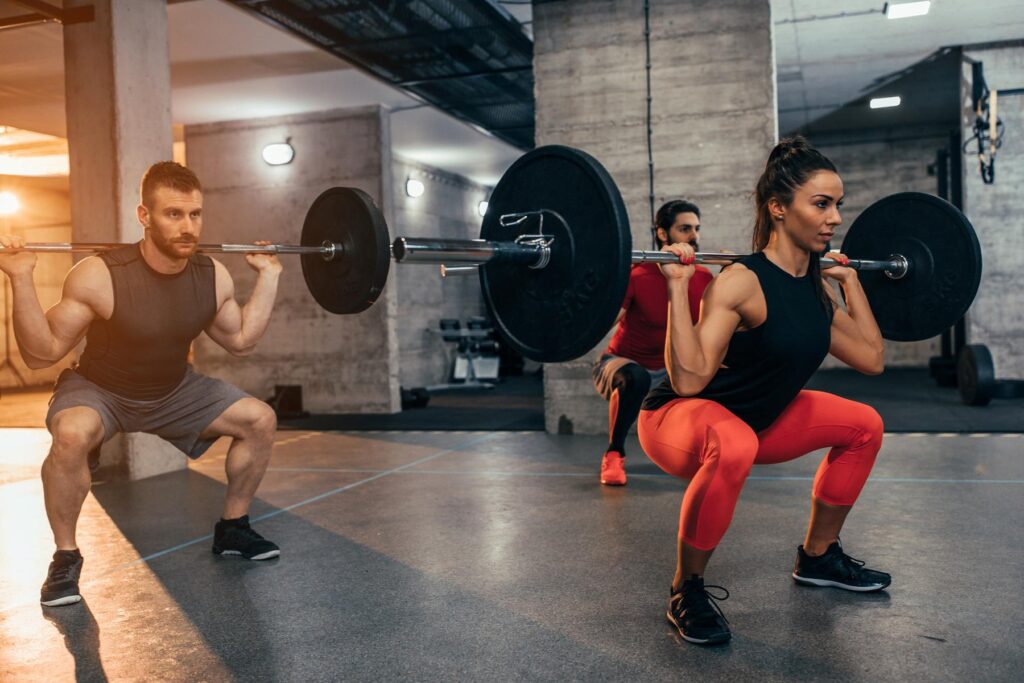
Weightlifting is often surrounded by a range of misinformation that can intimidate beginners and mislead experienced lifters. This blog aims to debunk some of the most pervasive myths about weightlifting, separating fact from fiction to ensure everyone can enjoy the benefits of this powerful exercise regimen safely and effectively. Let’s get in:
Table of Contents
Myth 1: Lifting Heavy Weights Makes You Bulky
The fear of becoming “too bulky” is especially prevalent among those new to weightlifting. In reality, gaining significant muscle mass requires not only consistent heavy lifting but also a specific diet rich in calories and proteins. Genetic factors also play a crucial role in how one’s body responds to weight training. For most people, regular weightlifting will result in a toned and healthy physique rather than an overly bulky one.
Myth 2: Women Should Avoid Heavy Weights

Source: bswhealth.com
This myth is rooted in outdated stereotypes and a fundamental misunderstanding of how exercise affects the female body. Weightlifting is incredibly beneficial for women as it strengthens bones, enhances muscle tone, and boosts metabolic rate. Fear of becoming overly muscular should not deter women from lifting weights, as the female body naturally produces less testosterone, the hormone most responsible for muscle mass.
Myth 3: You Can Spot Reduce Fat with Weights
Many believe that they can lose fat in specific areas of the body by targeting those areas with weights. However, weightlifting primarily builds muscle and the reduction of fat occurs uniformly throughout the body, influenced by genetics, diet, and overall physical activity.
Myth 4: Soreness is a Sign That it’s Working Out
Many believe that a good workout must result in soreness. This soreness, known as Delayed Onset Muscle Soreness (DOMS), is an inflammatory response to tiny tears in muscle fibres caused by intense exercise. However, the presence of DOMS is not necessarily a marker of a workout’s effectiveness. According to fitness expert Fetters, DOMS is more common with new exercises or movements that involve many eccentric (lengthening) actions. This will reduce as your muscles adapt to new stresses. Constant severe soreness could be a sign of overtraining, inadequate rest, or poor nutrition.
Myth 5: Weightlifting Burns Fewer Calories Compared to Cardio

Source: myprotein.ie
It’s a common belief that cardio workouts burn more calories than weightlifting. However, the reality is not as simple as that. The amount of calories you burn depends greatly on the intensity and duration of the exercise, whether it’s cardio or lifting. In fact, weightlifting may have a slight advantage over traditional cardio such as running when it comes to prolonged calorie burning.
Strength training increases lean muscle mass, which boosts the body’s resting metabolic rate, leading to higher calorie burn even when not actively exercising. Therefore, both types of workouts can burn a significant number of calories, but under different circumstances.
Myth 6: The More Sweat, the Better the Workout

Source: transformpersonaltraining.com
Sweat is often mistakenly considered a sign of a successful workout. However, sweating is primarily a biological response to regulate body temperature, not an indicator of workout intensity or effectiveness. The quality of your workout should be measured by your progress towards your fitness goals, not by how much you sweat.
Conclusion
Weightlifting is an excellent form of exercise that can provide tremendous health benefits. By understanding the facts and dismissing the myths, you can train confidently and make informed decisions that lead to better health outcomes. Remember, a well-rounded approach combining proper technique, balanced nutrition, and adequate rest is key to any successful fitness regimen.







